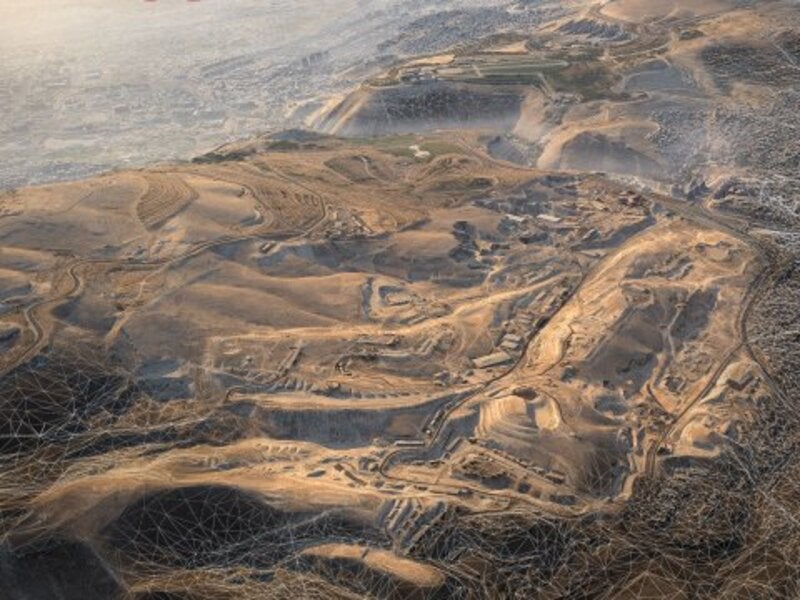
Maxar Technologies has announced plans to acquire Saab’s shares in the 50:50 joint venture (JV) company Vricon.
The company intends to use its call option for the transaction, which is agreed for approximately $140m or $115m net of estimated cash.
Maxar CFO Biggs Porter said: “The net cash purchase price would represent a valuation of roughly 10x, on a net cash basis, the trailing 12-month adjusted EBITDA that Vricon generated from third-party sales.
“We expect this multiple to step down significantly over the next several years given the growth trajectory we see for the business.”
The deal is expected to close next month only if the call option is exercised by Maxar by 30 June.
Vricon produces satellite-derived 3D data and digital elevation models for defence and intelligence markets.

US Tariffs are shifting - will you react or anticipate?
Don’t let policy changes catch you off guard. Stay proactive with real-time data and expert analysis.
By GlobalDataThe JV between Maxar and Saab was formed in 2015. It builds 3D products at scale by integrating Saab’s patented IP with Maxar commercial satellite imagery.
Maxar will integrate Vricon to improve its existing products and develop new capabilities and opportunities for its business.
Maxar CEO Dan Jablonsky said: “Maxar commercial satellite imagery has long been foundational to US and allied defence and intelligence operations, and this acquisition will enable training, simulation and tactical missions to be conducted in highly immersive and accurate 3D environments.
“Vricon will allow Maxar to accelerate the creation of a living digital model of the Earth, ‘The Digital Globe’, and become the global geospatial reference standard for existing and next-generation location-based applications.”



